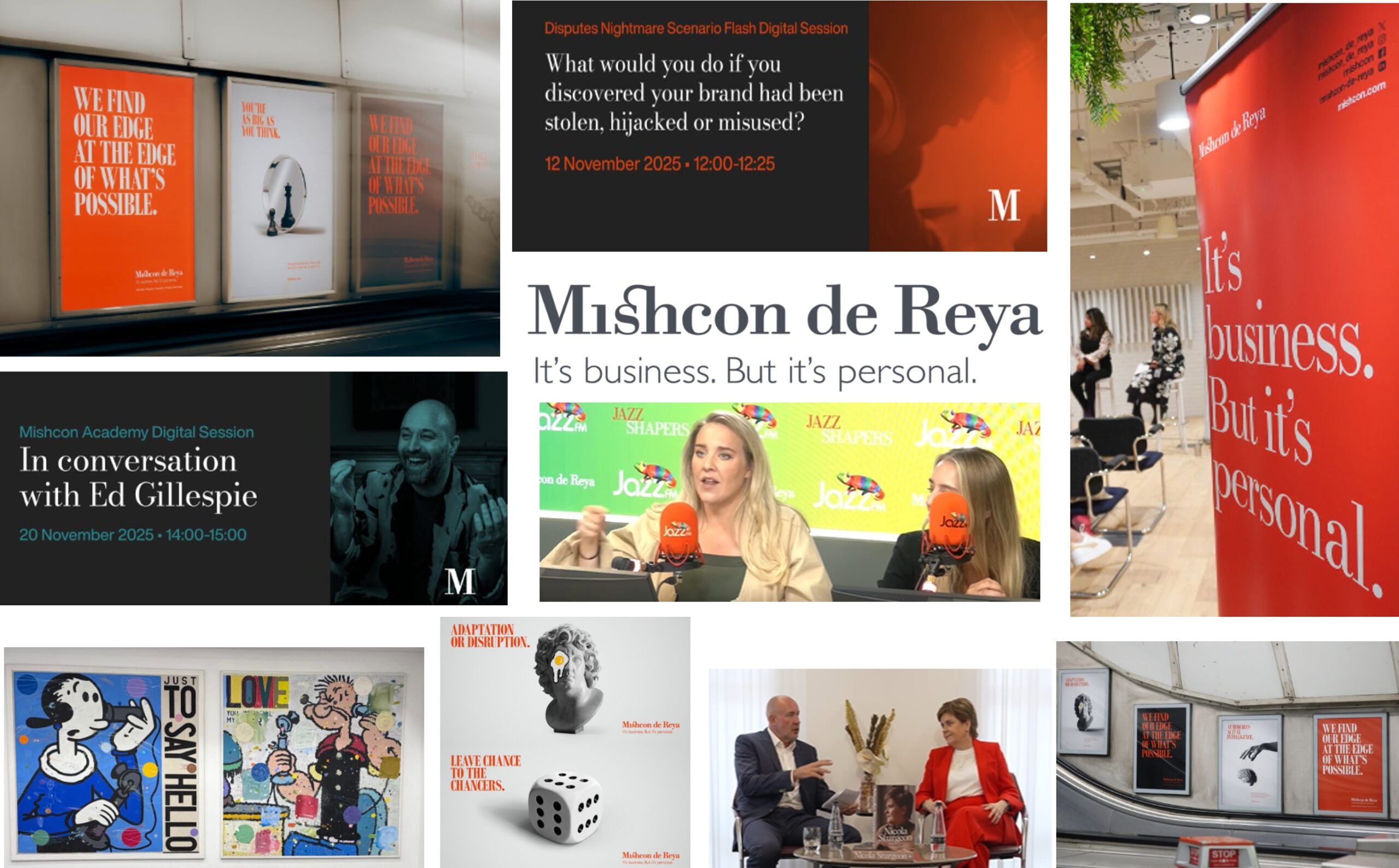
It was a full house at the recent impact, assertiveness and effectiveness workshop at Professional Marketing Forum (https://www.pmforum.co.uk/training/). Here are the top 20 takeaways from the delegates:
- Increase self-confidence We considered the difference between self-esteem and internal self-confidence and the external portrayal of confidence http://kimtasso.com/be-more-confident-and-convey-confidence/
- Use empathy Empathy is needed to see the other person’s perspective. Naturally we are focused on what we ourselves want and need to do. But it helps to see the other person’s point of view – by using empathy and asking questions. It is then possible to consider the benefits to the other person and to align interests. http://kimtasso.com/marketing-executives-develop-empathy-seeing-things-fee-earners-perspective/
- Consider how you are perceived Make sure you are not perceived as whispering “marketing mice”. Project a more confident image – speak up and articulate your points in meetings clearly. We talked about personal power using the PIA model http://kimtasso.com/jessica-pearson-nine-tips-assertiveness-impact-effectiveness-marketing-bd-executives/
- Use evidence-based persuasion Gather evidence and provide analysis to initiate dialogue, identify issues and support recommendations.
- Apply a strategic approach Use the three step strategy process to build plans – including a career plan. This planning process and others are covered in the simple marketing planning process here: http://kimtasso.com/marketing-planning-nutshell/
- Be goal driven Develop short and long term goals for all projects. Setting goals is addressed here http://kimtasso.com/coaching-skills-power-questions-2017/ and http://kimtasso.com/3-themes-from-marketing-planning-stepping-stones-persuasion-and-momentum/
- Adapt your personality and style Identify and adapt to different personality types – the cats, dogs and bears model was a helpful example. Dogs are dependent and sociable and motivated by affiliation, Cats are independent and motivated by achievement. Bears are motivated by power and control. Some preferred the Colour Insights personality model that categorises people as
- Red – Do it now and get it done
- Blue – Do it right
- Yellow – Do it together
- Green – Do it agreeable
(There is more on personality types here: http://kimtasso.com/creativity-2-creativity-personality-profiling/
- Speak up at meetings Prepare your content well in advance by reading the papers, researching the clients, topics and markets and developing initial ideas to present. Prepare yourself for good delivery by anticipating questions and answers, adopting a calm manner (we talked about breathing exercises, adopting power poses and visualisation) and using confident body language (an open stance, good eye contact and a loud voice). http://kimtasso.com/make-personal-impact-stand-speak-make-difference/
- Ignore your inner critic Believe in yourself and engage in positive self-talk. Don’t let your inner critic control your thoughts and doubt yourself. Be confident in what you have achieved and how good you are. Recognise when you are experiencing Imposter Syndrome.
- Manage your time It is tough when you are faced with a never-ending onslaught of requests for help. Ask your line manager for help in prioritising. Get into the habit of identifying your key projects and critical tasks so that you learn to focus. The rock, pebbles and sand model was considered a helpful tool http://kimtasso.com/time-management-35-top-tips-and-techniques/
- Eat the frog It’s human nature to avoid tackling difficult or unpleasant tasks. Some people procrastinate. Some people wait for a suitable chunk of time to complete a task – knowing that it is unlikely this will ever happen. Eating the frog is the idea that you start your day by completing the least favourite activity. It helps motivation and stops the annoying “frog” from piquing your guilt every day.
- Learn to say “No” We discussed numerous strategies for being assertive and saying no elegantly. One delegate felt it was most useful to say no when you were able to offer an alternative solution. http://kimtasso.com/getting-want-say-no-assertiveness-skills/
- Give yourself time to think Don’t put unreasonable pressure on yourself to always have an instant answer. Some questions and challenges need to be analysed, considered and perhaps discussed with more experienced colleagues. Manage people’s expectations by saying “That is a really good question that I would like to spend a bit of time developing the response it deserves”.
- Choose realistic comparators Don’t compare yourself to people who have more qualifications, experience or seniority than yourself. Select people who are in similar roles and a similar background for your comparators. Focus on what you are achieving and how rather than what others are doing. Although always be open to learning new things by observing the different styles and approaches of others.
- Develop strategies for dealing with “difficult” people The danger with labelling someone as “difficult” is that you only then perceive their behaviour as difficult to support your mental model of them. Try reframing the behaviour as being the result of something more positive http://kimtasso.com/two-big-guns-of-communication-face-time-and-reframe/. Analyse where there are difficult relationship dynamics. Use empathy to understand the reasons for the difficulties and develop some strategies for dealing with them. http://kimtasso.com/faq/how-do-i-deal-with-difficult-partners/
- Repair relationships Take action to repair relationships where there has been past difficulties http://kimtasso.com/team-management-issues-managing-up-boundaries-and-broken-relationships/
- Focus on outputs not inputs Focus on generating great results and outputs rather than on the inputs http://kimtasso.com/productivity-inputs-vs-outputs/
- Pick your battles It’s exhausting fighting on every front. Sometimes you have to let things go and complete the task you’ve been assigned without trying to assert yourself. There may even be value in accepting things for a little while until you have had time to gain experience, build trust, develop relationships and earn a reputation for being hard-working, conscientious and reliable. Then you can start to tackle the re-negotiation of boundaries with some confidence.
- Recognise that it’s a marathon and not a sprint Avoid stress and burn-out by tackling work in a systematic, methodical and measured way. Preserve a reasonable work-life balance. This way you will achieve a few things every day and feel motivated.
- Take responsibility Take responsibility for developing your knowledge and experience. Whilst you always have your line manager there for support, try to identify solutions to problems and be proactive in seeking responsibility.
Many of these topics are covered in the book Better Business Relationships http://kimtasso.com/publications/better-business-relationships/









